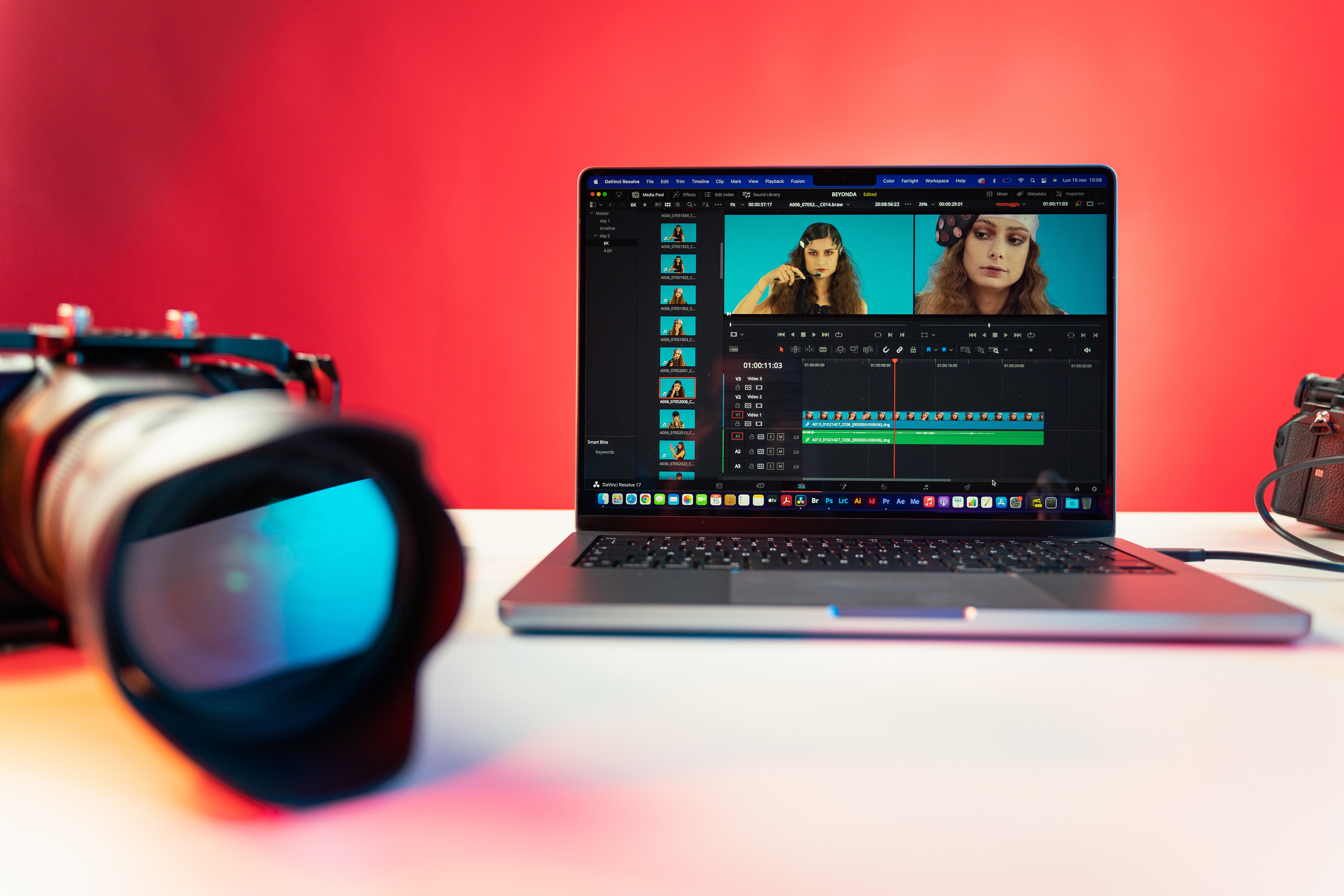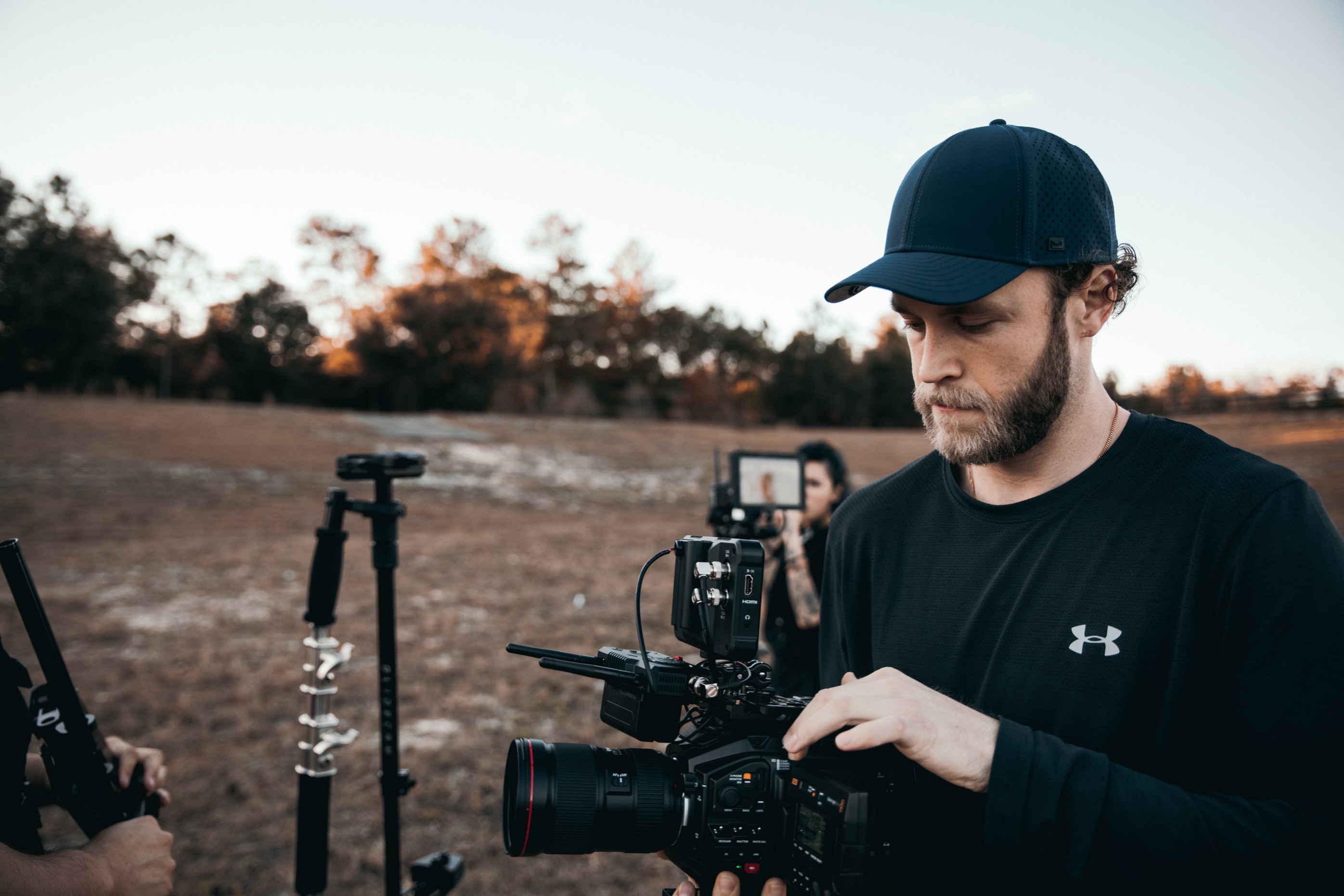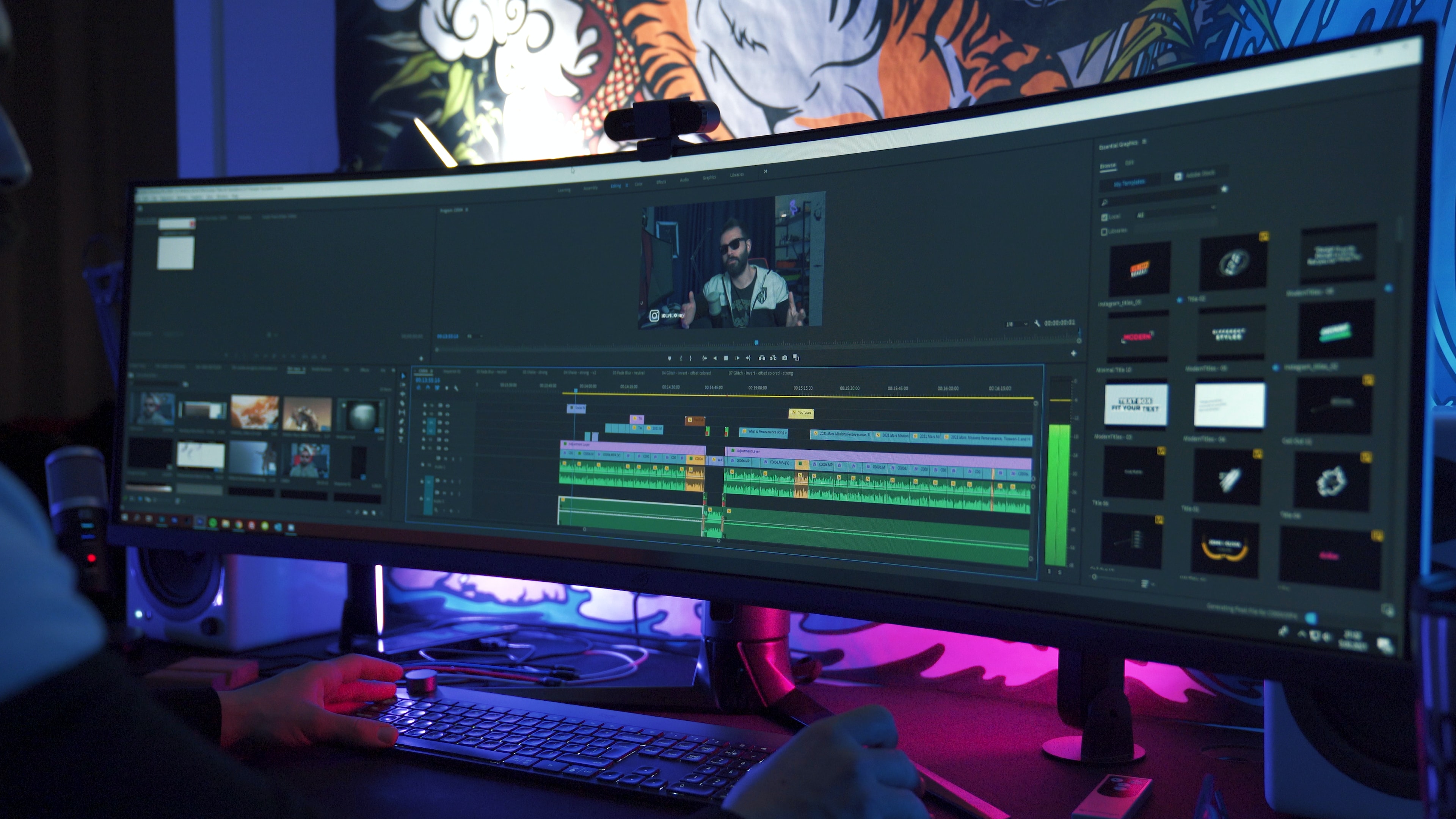The rise of OTT streaming platforms has brought about a whole new
range of monetization opportunities for video content across various
verticals such as sports, lifestyle, education, and entertainment.
Businesses can reach a wider audience, including global markets. They
can also benefit from more detailed audience analytics, which can help
them to better understand viewer preferences and tailor their content
to suit their needs. This can in turn help businesses to improve their
content, increase engagement, and ultimately drive revenue growth.
With the ability to white-label any video content and go to market as
your own brand, content creators can build brand equity and gain
customer loyalty, leading to increased revenue and growth.
OTT streaming offers a wide range of monetization opportunities for
video content, including subscription-based models, transactional
video on demand (TVOD), and ad-supported video on demand (AVOD).
Subscription-based models provide a recurring revenue stream, while
TVOD offers a one-time payment for access to individual pieces of
content. AVOD, on the other hand, provides free access to content with
advertising displayed during playback. Additionally, OTT streaming
allows for flexibility in pricing models, allowing content creators to
experiment with different strategies to find what works best for their
specific target audience.



Some common OTT monetization models:
-
Subscription-based model(SVOD): In this model, viewers pay a
monthly or yearly fee to access the content on the OTT platform.
The subscription fee can vary based on the content offering and
the duration of the subscription. Examples of platforms that use
this model include Netflix, Hulu, and Amazon Prime.
-
Transactional model(TVOD): In this model, viewers pay to rent or
buy specific pieces of content, such as a movie or TV show. The
cost of renting or buying the content can vary based on factors
such as the popularity of the content and its age. Examples of
platforms that use this model include Amazon Instant Video and
iTunes.
-
Ad-supported model(AVOD): In this model, viewers can access the
content for free, but ads are shown during playback to generate
revenue. The ads can be pre-roll, mid-roll, or post-roll and can
be targeted based on user demographics and viewing behavior.
Examples of platforms that use this model include YouTube and
Crackle.
-
Freemium model: This model is a combination of the
subscription-based and ad-supported models. Users can access a
limited amount of content for free but must pay a subscription
fee to access additional content. The free content is usually
ad-supported. Examples of platforms that use this model include
Spotify and Pandora.
-
Sponsorship model: In this model, a brand sponsors the content
or the platform itself. The brand can have its name or logo
displayed prominently on the platform or can be integrated into
the content itself. Examples of platforms that use this model
include Red Bull TV and GoPro.
Overall, the opportunities for video content monetization
using OTT streaming are endless including building hybrid models,
and the benefits for business growth are vast. With the right
platform, such as BOSS, content creators can capitalize on the
monetization opportunities provided by OTT streaming, leading to a
wider reach, increased revenue, and continued growth.







